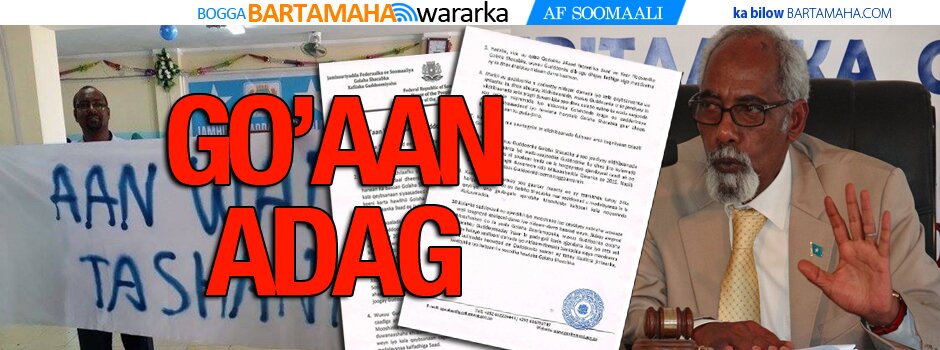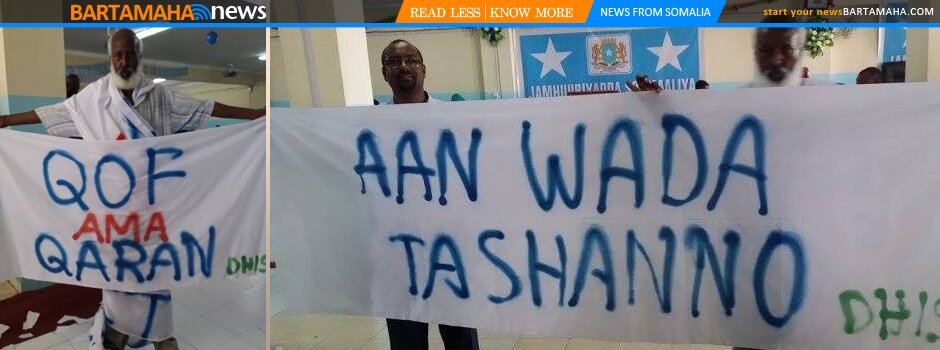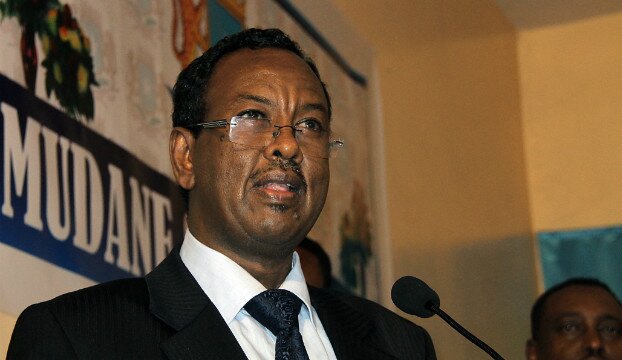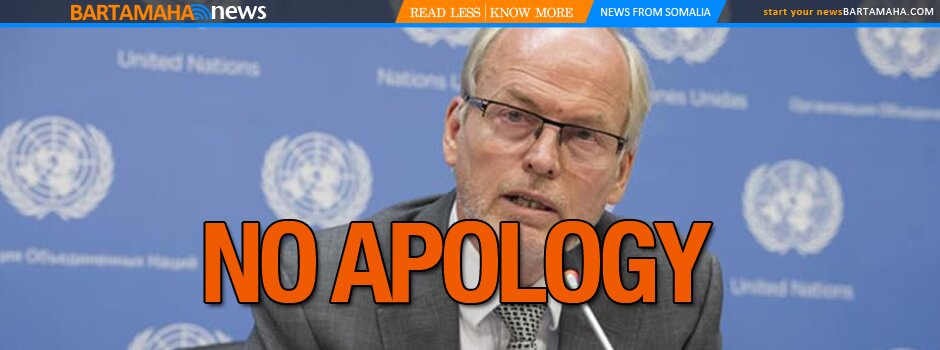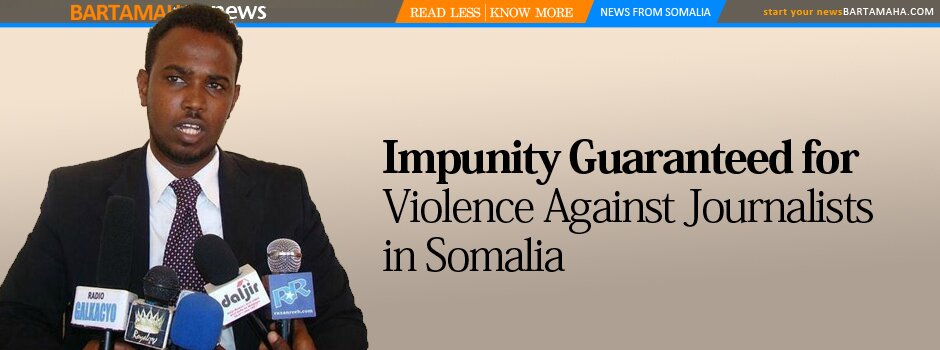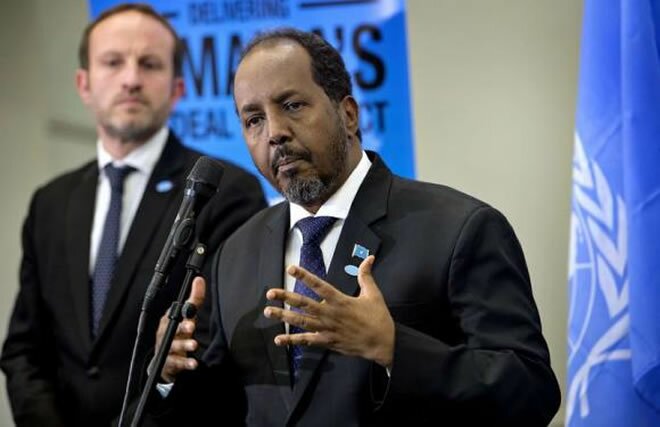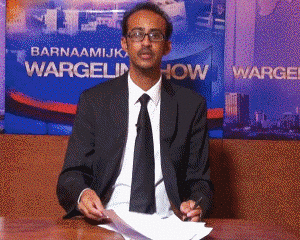The Edge of Piracy Somali’s chalange to the world
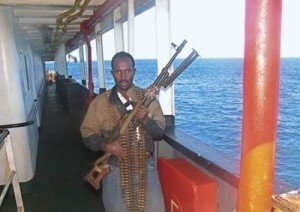
Over $60 million was last year’s ransom money paid out to pirate groups off the Somali coast, according to a regional anti-piracy watchdog, the Seafarers’ Assistance Program. Their report mentioned 47 vessels and nearly 300 crew members captured by pirates during the same period.
Recently a Greek flagged tanker, the VLCC Maran Centaurus and her 28 crew members were released after the owners reportedly paid a whopping $7 million, the largest sum to date. The Chinese, who usually make a point of not getting involved in the “internal affairs†of other countries, especially where human rights are concerned, have been dragged in too, and will –interestingly- join the naval forces of the European Union, NATO and the United States. Chinese container ships, laden with goods of all qualities and descriptions, destined for the fast-growing African market, are also threatened. Last December the Chinese bulk carrier De Xin Hai was freed after being held for two months. The Chinese say this will give them an international leadership role that will foster trust. Perhaps they need to work up a little consistency too.
The same time as the Chinese container ship was captured, a British couple were kidnapped with their yacht, sailing from the Seychelles to Tanzania, he 60 years and she 56. Finally an AFP reporter was allowed to visit them in Somalia last week; neither is in very good shape. The pirates –even more, their victims- are waiting for the British authorities to fork out a handsome ransom.
The pirates are getting bolder and bolder; they now patrol more than 1,000 nautical miles from the Somali coast into the Gulf of Aden and the Indian Ocean. Captain Paul Chivers, chief of staff of the EU naval force, said the number of attacks has increased, though the successful ones are fewer. The US military deploy its unmanned Reaper drones to scour the Indian Ocean with their all-seeing infra-red eye. Their remote-control lenses zoom in from 50,000 feet, making it easier for the international anti-piracy team to capture pirates red-handed, and provide enough evidence to bring them to justice.
And some of the ships plying those routes are getting more and more complacent. Carl Salicath, chair of the UN Group on Piracy, told the BBC on 28th January that as many as 25 percent of the vessels using the area are ignoring the UN guidelines, which are designed so that even if the pirates become technically more sophisticated, the pirates won’t manage to hijack. The advice given states the rather obvious: sail as fast as possible; stay in contact with international maritime forces; sail only at recommended times; and use barbed wire where pirates could board.
The Seychelles concerned for their fishing and tourism, has gone a step further, and signed agreements with several European countries allowing fishing vessels in their waters to use weapons against attacks. But others oppose such a move, saying it puts lives of hostages at greater risk.
Salicath further said that a trust fund is being set up to help fund the judiciary in countries where captured pirates are awaiting trial, such as Kenya which is bearing the brunt; and to establish a (UN-supported) Somali coast-guard. But “guarding their own coasts†is precisely what the pirates say THEY are doing. For the past dozen years Somali fishermen have been losing their livelihoods. Some of those involved in the piracy business were fishermen, affected by illegal fishing in their waters by foreign vessels, and the dumping of toxic waste.
No longer able to make a living out of fishing, they join ex-militia men who have fought for the various clans in the past twenty years, and young, unemployed men looking for adventure and excitement. Many villagers believe foreign navies cannot stop piracy. This will only happen when the country has an effective government that can defend their fishing rights. Then they would disarm and give their boats to that government. Until that day, pirates will be seen as heroes and their business as perfectly legitimate.
So there is “another side†to the argument over Somali piracy. The Somalis have a unique financial system based on trust and honor, by-passing banks and other financial institutions. And woe to the one who doesn’t keep his pledges! Most transactions are done verbally and involve little documentation. Ransoms are paid in cash, and the trickle-down effect is real and rapid – as opposed to the free-market system where it’s little more than an empty promise.
Expectedly, a new economy has developed within Somalia and further afield, as security companies, lawyers and negotiators reap sizeable profits. The actual pirates are only the foot soldiers, battling rough seas and hunting ships in vain; they get about 30 percent. The first pirate on board gets a double share. The rest is divided among the ground militia, who control piracy territory on land; the local community (elders and local officials); the financier and “sponsorsâ€, who between them, take half the booty and arrange the teams and pay for their food, ammunition (including rocket-propelled grenades, GPS and satellite phones), and fuel. Compensation is paid to families of men killed in action.
It’s a well-organized business, helping to set up young men with a vehicle, home, business, and enough money to get married. Other money ends up in real estate in Nairobi and Mombasa, and in the more peaceful parts of Somalia itself. Somalis are among the peoples of Africa who have benefited most, economically, from the mobile phone and Internet connections.
This is “another side†of Somalia, far from the anarchy and regular violence of the capital, Mogadishu; THE most lawless state in the world for the past 20 years, the failed state par excellence, as the international media portray it, with some justification as humanitarian aid trucks are robbed on the way. And the millions who have been displaced languishing in refugee camps, where all cultural and family norms have been eroded, or died of famine and disease, and who also very occasionally appear on your TV set.
The Somali people, despite everything, have clung on to their identity for centuries. They are thought to have moved into where they are now 2,500 years ago, and their present language dates back 1,500 years. Eleven centuries ago they converted to Islam, and claim lineage of the Prophet Mohamed. Various forms of “Islamic extremism†or fidelity to the Koran–depending on perspective– come and go. Their poetry and oral culture are rich.
Surprisingly for many, the Somali culture is one of mediation and reconciliation; war was used in the past only to grab cattle, camels and land and to assert rights and power, and a strict code of customary law was followed. Women, children, and the aged were never harmed. Somalis are hardly the new kid on the block, trying to find their place and shy of the gang-leader.
Regionally feared and respected for their business acumen and its sophistication, they have run the long-haulage sector on undeveloped roads since modern vehicles were first introduced into this part of the world, and are fast becoming the big local property-owners.
The present pitiful situation of the majority of Somalis is not the result of a traditional war between nomadic clans, as the world media has simplistically spread it about. According to Mark Bradbury’s excellent book,Becoming Somaliland, it is much more complex. He traces it to the contradictions between the centralization of state power, a colonial legacy, and the traditionally uncentralized political system of Somalis, Cold War politics, militarization, autocratic government, and economic and social injustices, which all played a role.
The troubles that began 20 years ago – and were immortalized for the world by the movie Black Hawk Down, where the Somalis looked like Los Angeles’ blacks, but are in fact, ethnically very different – manipulated clan-ism for reasons of power and politics to control diminishing state resources –water, grazing and arable land- as aid flows dried up, and Somalia and the rest of Africa were marginalized by the world economy.
And the role of the pirates in the “War against Terror?†One Kenyan-based security consultant says that the pirates have given “as much as 50 percent†to al-Shabaab in the areas it controls. First al-Shabaab denied any connection; then on 1st February, they admitted it. Contacts with Yemen, the latest terror-nation-suspect, are strong too. Mother ships from which the pirates are re-supplied, refueled, and armed are based here. “Al-Qaeda†has plenty of sympathizers in Somalia, as it has elsewhere in the region. So, are the pirates heavily financing al-Qaeda? Who can tell? In any case, they have more pressing priorities for disposing of the loot.
Cutting Edge Africa Correspondent Martyn Drakard writes from Kenya and Uganda
——
Thecuttinedgenews.com
Comments
comments
 Calendar
Calendar






